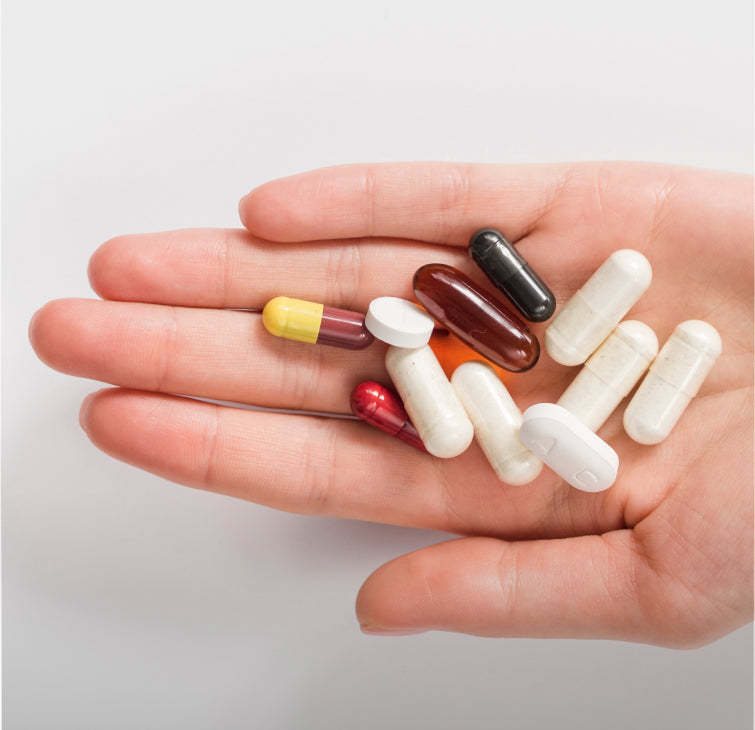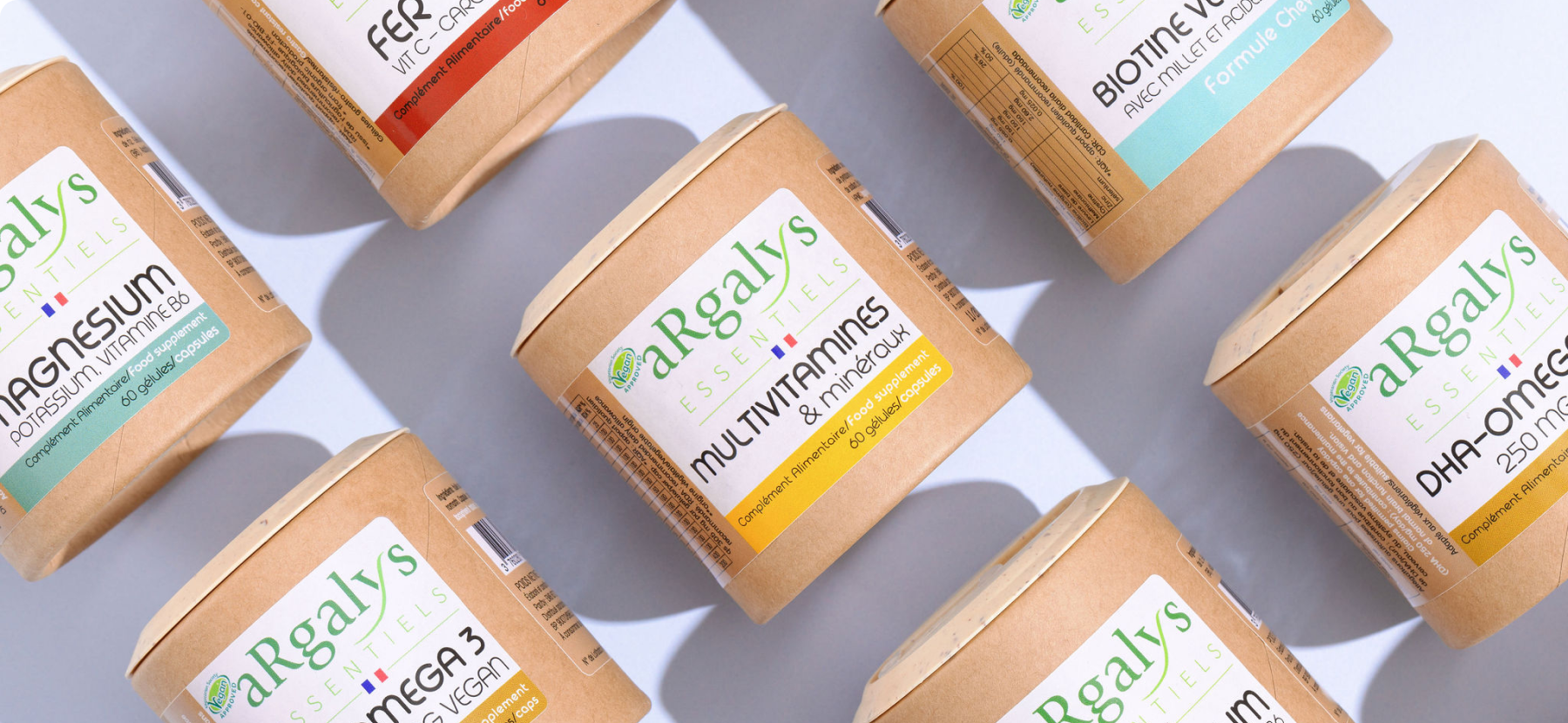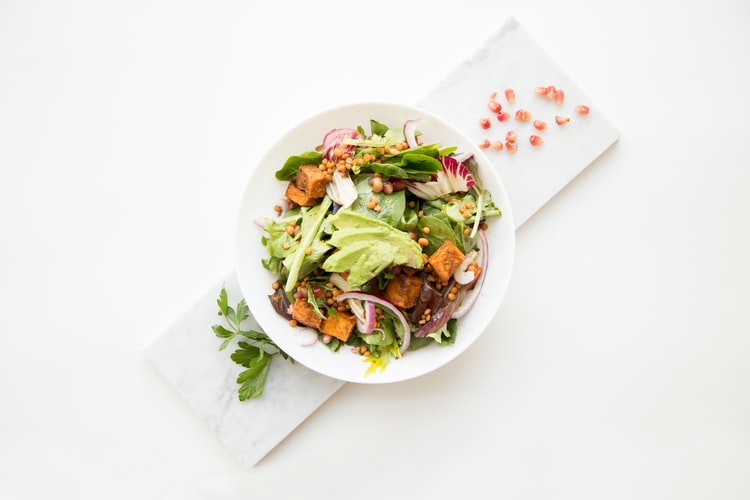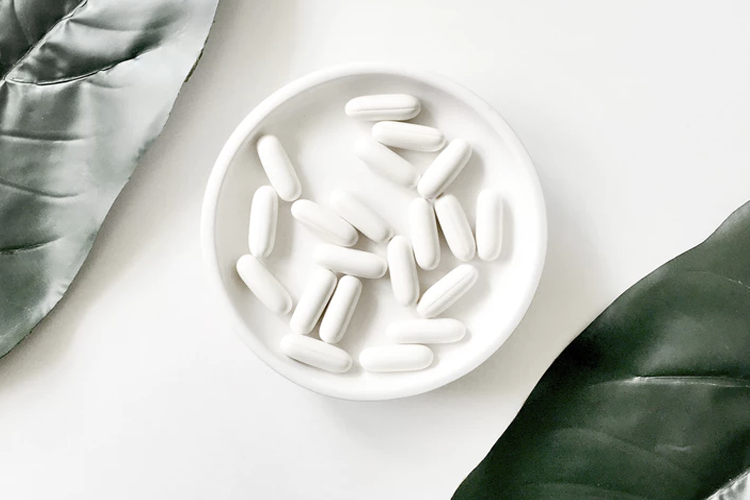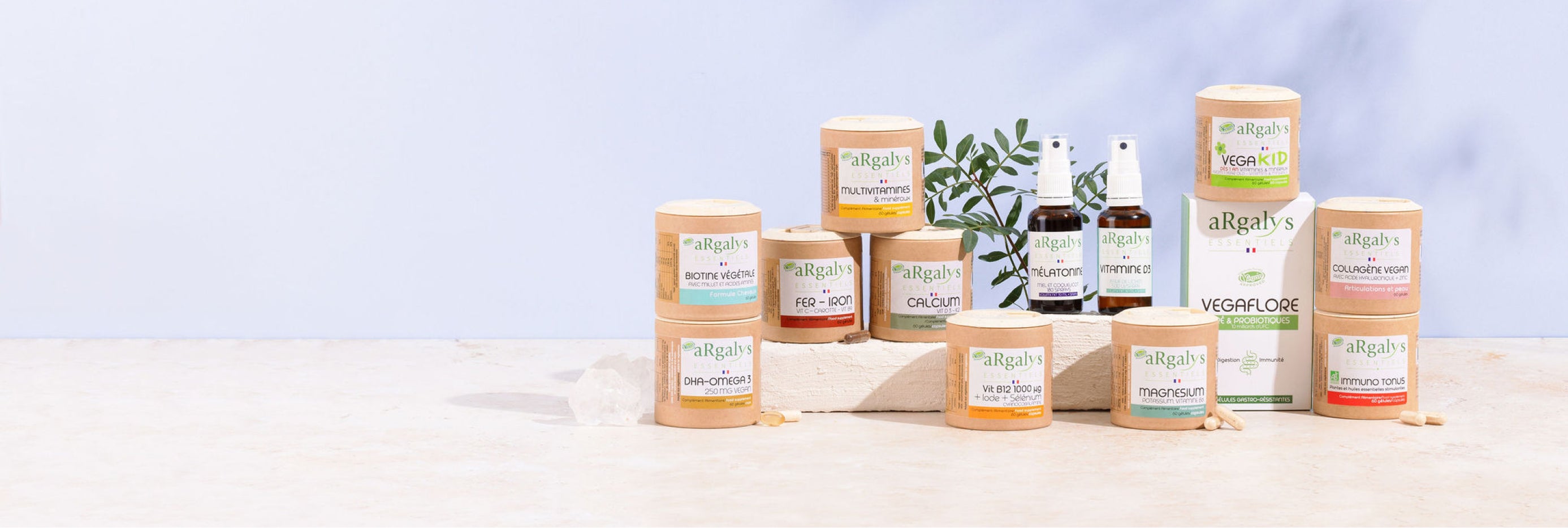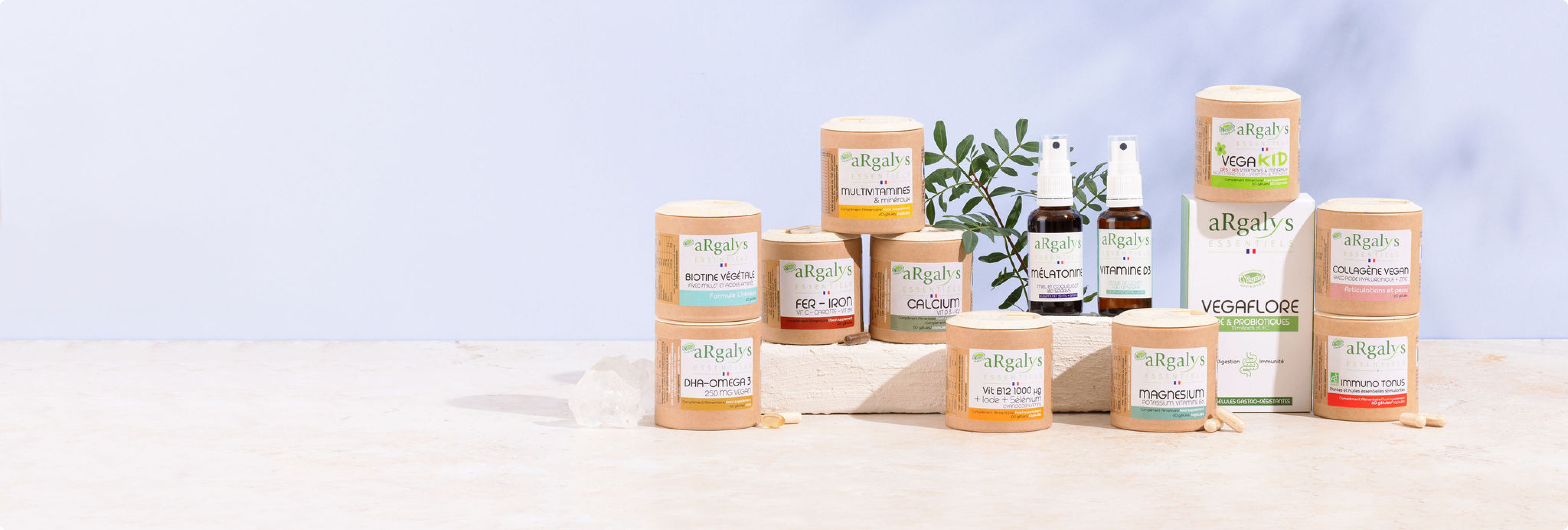Proteins, the essential building blocks of all our bodily tissues (skin, muscles, nerves, etc.) are made up of 23 separate components called amino acids .
Among these, 9 are said to be essential because they must absolutely be provided by food. The body does not know how to synthesize them.
In this article, we will come back to the most important ones for our body!
Protein requirements are amino acid requirements
We talk about protein requirements for simplicity and convenience, but the real reference nutrients are amino acids.
Nutritionists speak of an ideal protein when the amino acid composition is equivalent or very close to the requirements for each amino acid.
The table below summarizes the daily requirements for some essential amino acids (70 kg adult) estimated by AFSSA, WHO, FAO
| Histidine | 700mg | Threonine | 1050mg |
| Isoleucine | 1400mg | Tryptophan | 280mg |
| Leucine | 2700mg | Valine | 1820mg |
| LYSINE | 2100mg | ||
| METHIONINE + CYSTEINE | 1050mg | Phenylalanine + Tyrosine | 1750mg |
It is important to understand that, with a few exceptions, these essential amino acids are not substitutable between them and that the body has specific needs vis-à-vis each of them.
In other words, if an essential amino acid is missing, it will be a limiting factor for all protein synthesis, even if others are in excess.

Coverage of essential amino acid needs and vegetable diets
Animal proteins have a pretty good profile of the 9 essential amino acids, which makes sense because our own tissues have a composition equivalent to meats .
Among vegetables, QUINOA has the most balanced amino acid profile, which largely explains its new popularity. Protein seeds, peas for example, are rich in lysine and low in sulfur amino acids (Methionine and Cysteine). For cereals, it is the opposite but their digestibility is lower and more variable.
This is why it is advisable to combine cereals and oilseeds . A diet that does not include an adequate balance between these two families therefore risks being deficient.
However, don't panic!
In practice, it is considered that a varied vegan diet, providing enough calories (without weight loss) is always close to a satisfactory protein balance for a healthy adult.
The table below summarizes the amino acid content of certain foods. Contents for 100g of food (dry)
| Quinoa | Rice | Wheat | Lenses | Peas | |
| Crude protein | 16% | 8% | 12% | 25% | 23% |
| Lysine | 1g | 0.3g | 0.3g | 1.7g | 1.5g |
| Methionine+cysteine | 0.9g | 0.3 | 0.3g | 0.5g | 0.4g |
- A variation of 25% of these average values is normal for natural products. The digestibility coefficient must also be taken into account. (No more than 90% of ingested proteins are actually absorbed: 70% on average for plant proteins and this can drop to 50% in the case of cereals in some individuals).
- the daily requirements estimated by veganhealth.org are about 10% higher than the values used here.
The Argalys team
 04 74 03 98 80
04 74 03 98 80

